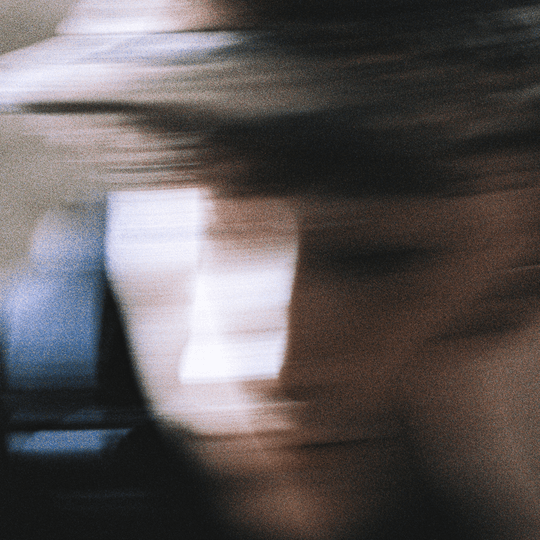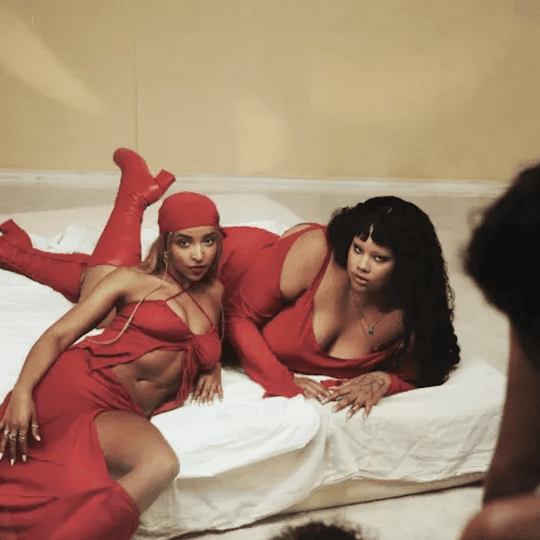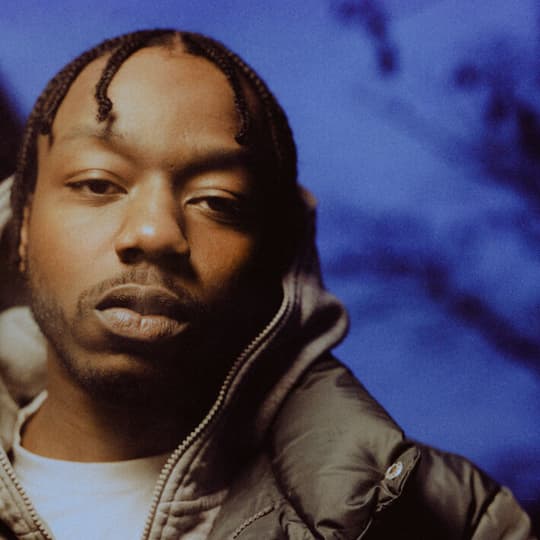How 80s graffiti artist Futura 2000 invented the art of today's underground
As The Clash were desperately seeking a new direction beyond the punk they’d both defined and destroyed, inspiration came in the form of dissident graffiti artist Futura 2000 (aka Leonard McGurr). He’d been illegally painting interiors since the 70s and, by the 80s, terrorising New York City subways when the band enlisted him into their performance roster for their ‘Combat Rock’ tour supporting the 1982 release. Futura 2000 wound up painting their stage backdrops as they played live, handwriting their album sleeve notes and free-styling on their Overpowered by the Funk track. He also put out his own 12” single Futura 2000 and his Escapades joined by Fab 5 Freddy and scored by the band’s Mick Jones – naturally, Futura handled the artwork.
Bizarrely, the cover shares aesthetic similarities with contemporary transmedia artists like James Ferraro and Ryan Trecartin. Ferraro himself, whose album ‘Far Side Virtual’ topped a bunch of ‘best of’ lists last year, agrees that it’s an interesting insight. That this pre-digital era work could share so many similarities with contemporary album art, “If you look at the 80s, it was extreme futurism in some sense. I think those people would look at [my] cover and think it’s probably a little dull, to be honest with you. I mean cover art was so baroque then. It was completely out of control.”
As an untrained artist and yet-to-be-prolific graphic designer best known for his work with UNKLE, Futura 2000 and his abstract graffiti preempted the modern fascination with the hyperreal. Along with other artists of the post-modern era, not yet acquainted with Adobe Photoshop, Futura 2000 inverted notions of taste, time and space long before labels like Not Not Fun made it their in-house style and Geneva Jacuzzi shot Love Caboose.
Distorted perspectives, compositional abstractions and artificial intrusions of graphic art blur the distinction between reality and simulacra, just as Futura’s old school vandalism-meets-amateur rap was defiantly primitive. Settled over the top of Jones’ familiar funk-infused rhythms – distinctly lacking in sampling or scratching, which by then was a hip hop staple – Futura 2000 and His Escapades is so dated that in the context of new millennial ‘retromania’, as Simon Reynolds puts it, is innovative. Ferraro continues that it was perhaps a time when the world’s cultural borders were just beginning to open up, looking beyond just regional scenes to other artists and bands who were starting to tour more regularly – which is exactly how England’s punk icons could comes across someone like Futura 2000; a graffiti artist whose influences and background were as far removed from The Clash’s roots, as the United States are from the UK. “I think there was something happening politically and globally then, that our culture mirrors in a sense. It was probably the first time there was some global energy… I think we still live like that.”













